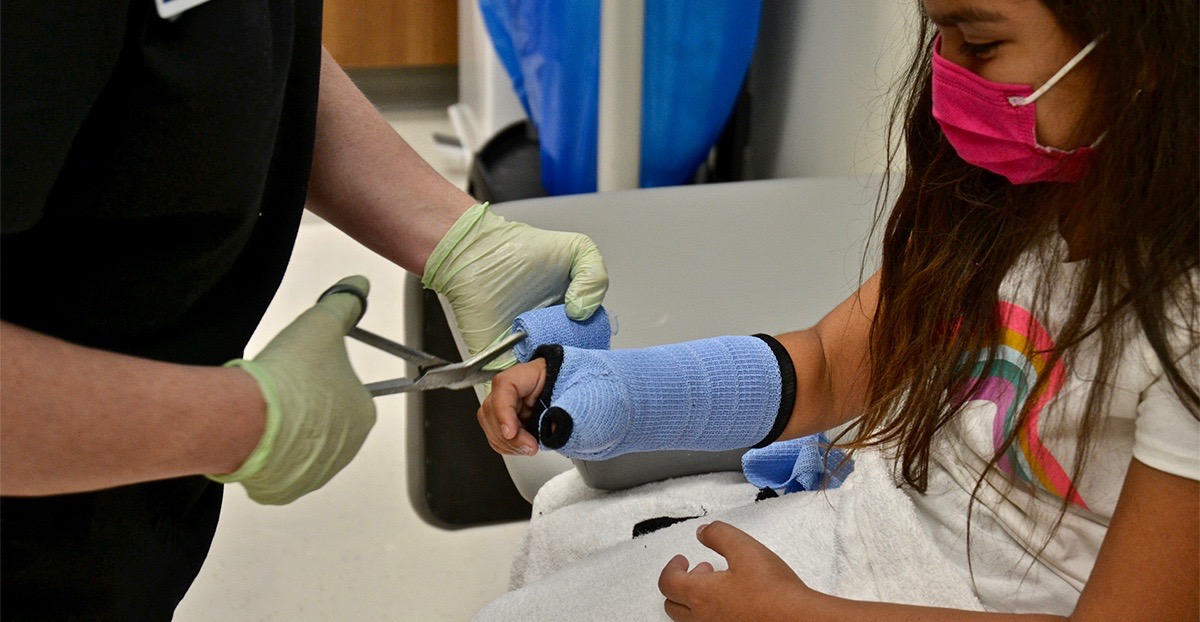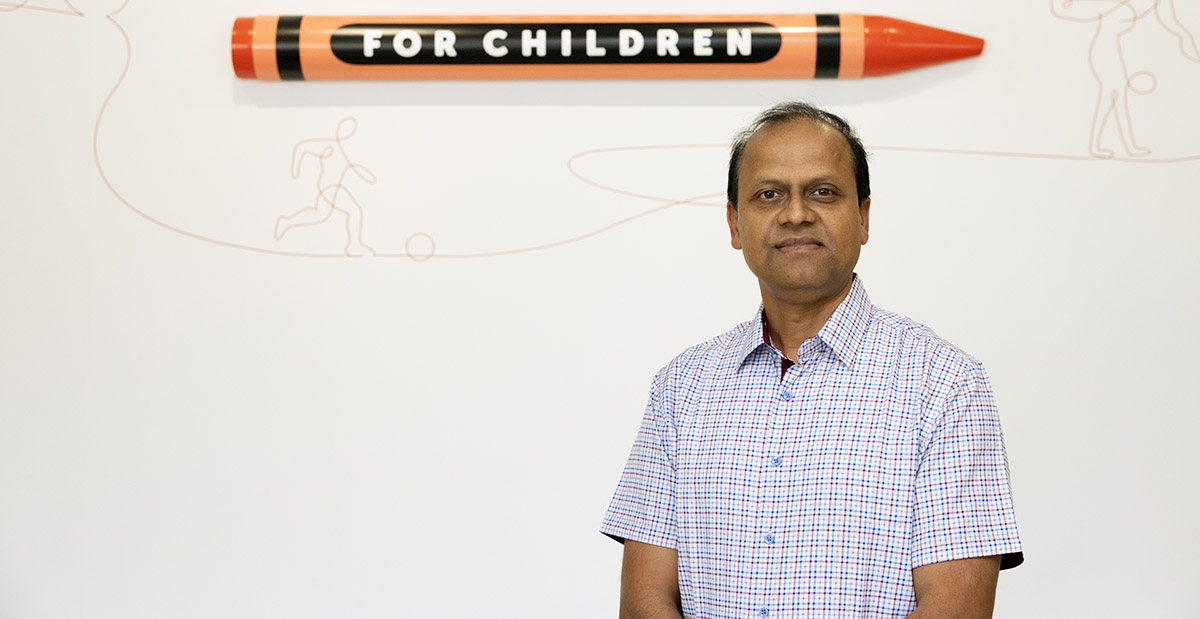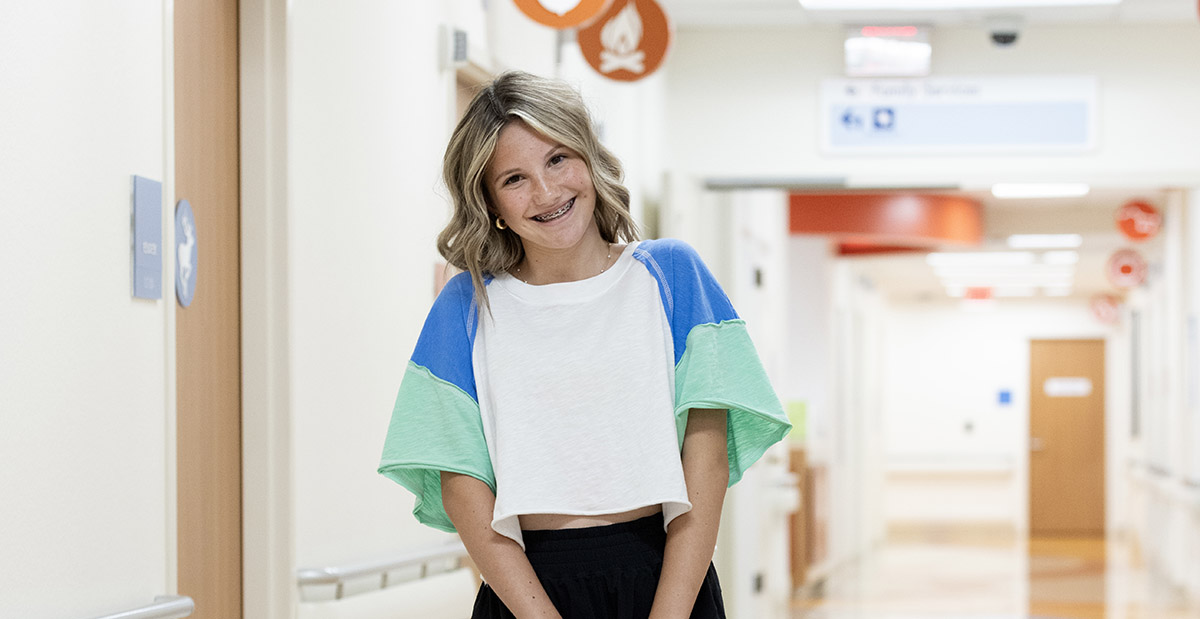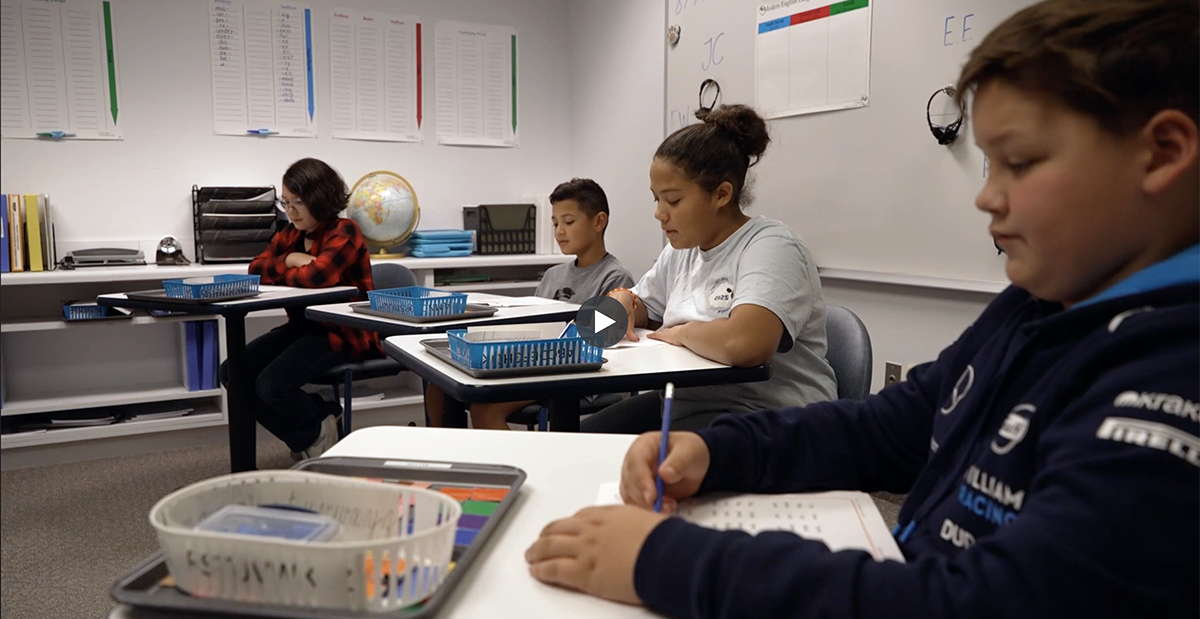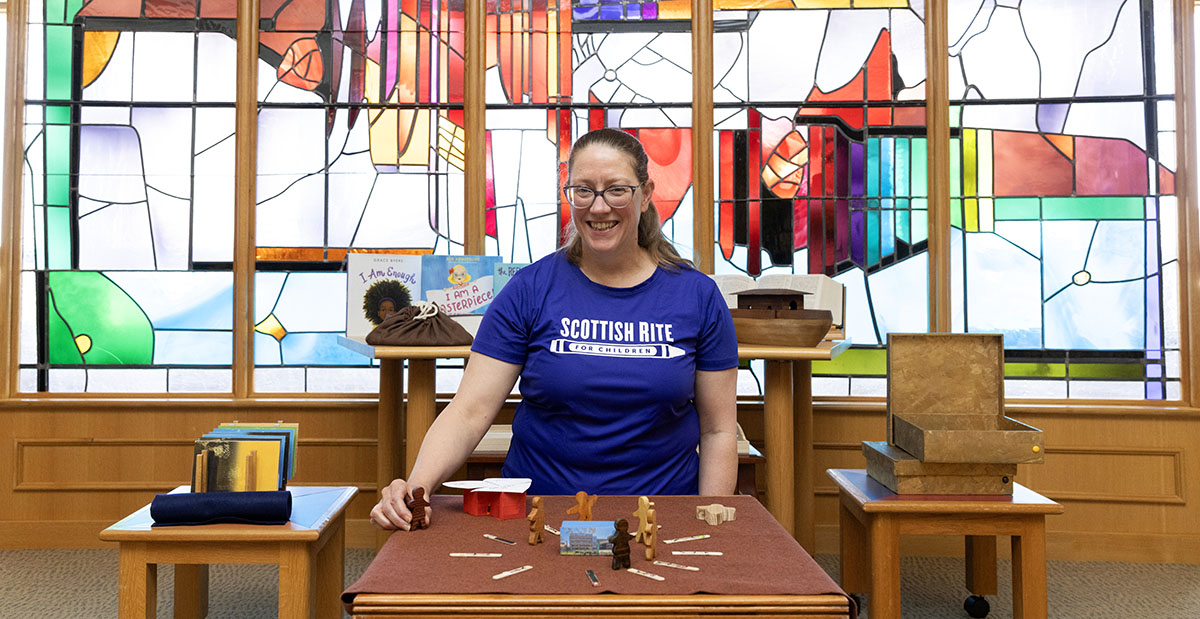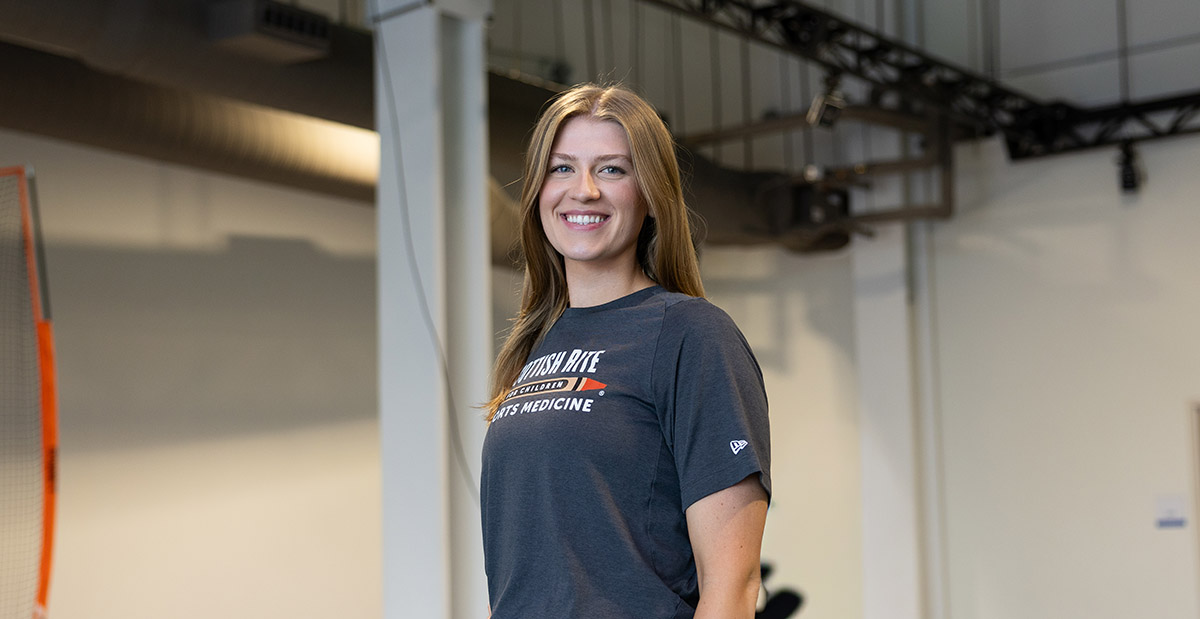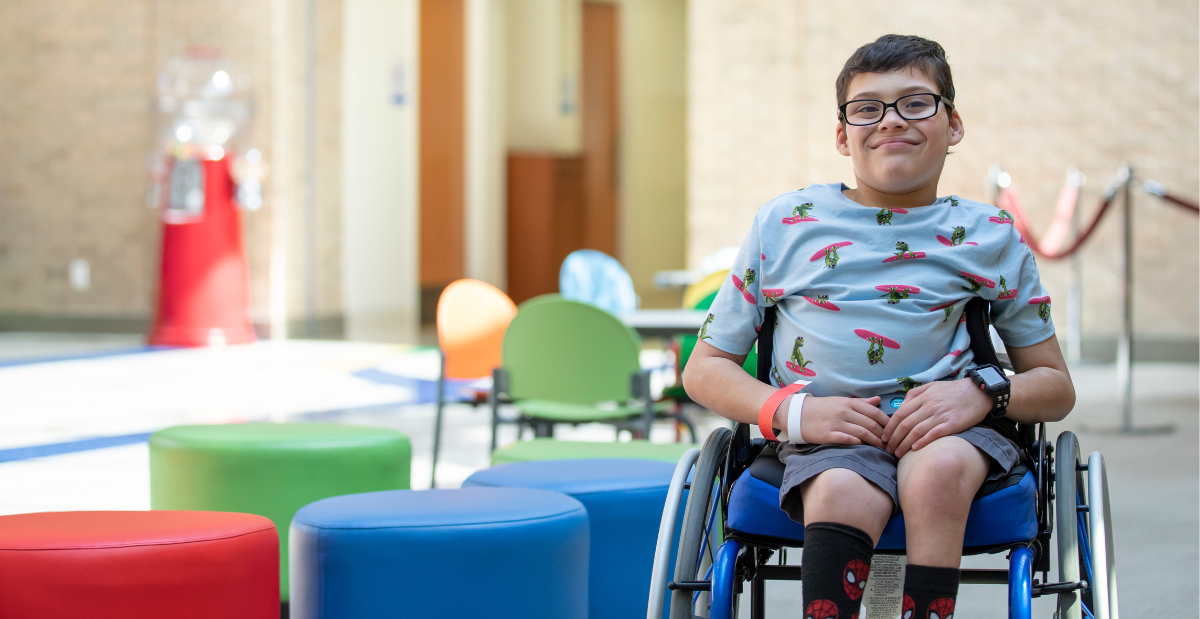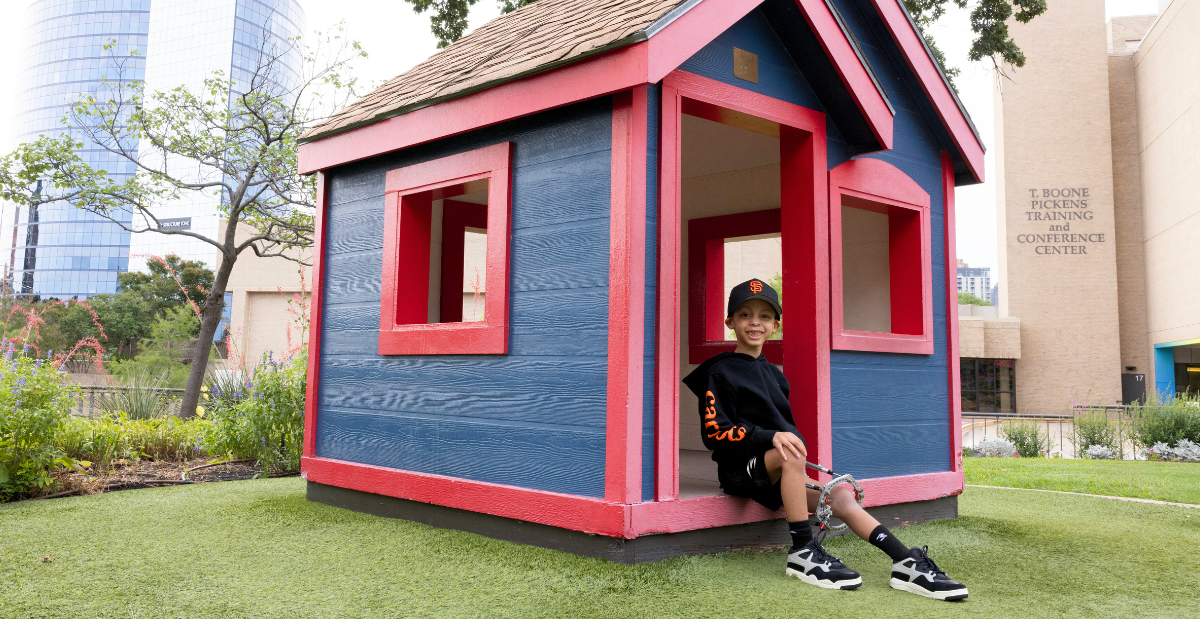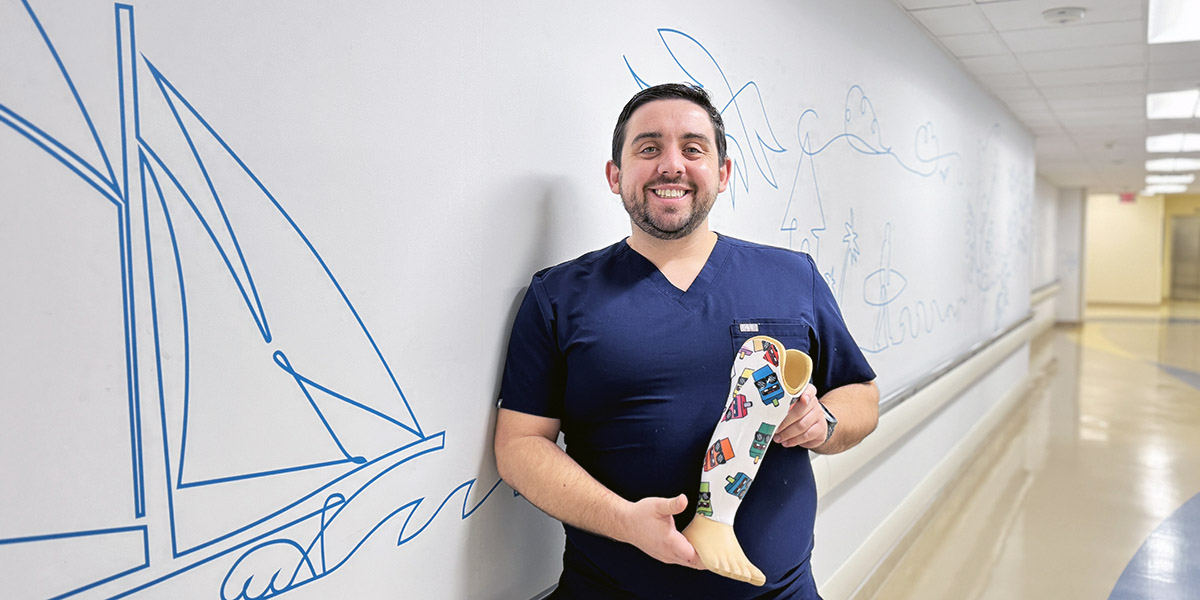Falling onto an outstretched hand can often cause injuries to the ulna and/or radius, or the long bones in the arm. The most common injuries are called both bone forearm fractures (BBFA) or buckle fractures. Sometimes, the carpals, the smaller bones in the wrist, may be injured instead. When the hand is turned slightly inward during a fall, the scaphoid bone is most likely to be injured.
“In some cases, early X-rays of a painful wrist may not show an obvious fracture,” nurse practitioner in the Fracture Clinic Ray Kleposki, M.S.N., CPNP, says. “A detailed physical exam of the wrist is important to evaluate for a small fracture in the scaphoid or other bones.”
Scaphoid injuries tend to be slow to heal, so early intervention is important and can help to prevent future complications. Kleposki has helpful advice to parents about what to look for following a fall onto an outstretched hand. “If there is a concern for a scaphoid fracture, or if the wrist pain after a fall has not gotten better in more than a week, we recommend a specialized X-ray series to evaluate for a scaphoid fracture or other diagnosis,” Kleposki says.
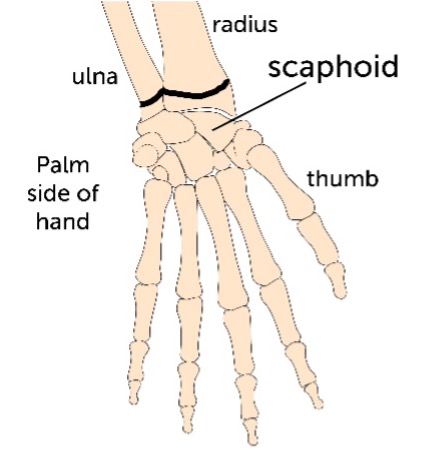
Falling down and getting a few bruises comes naturally as kids play and learn new skills! Parents can rest easy knowing that experts at Scottish Rite for Children are here to help when a child breaks a bone or when a seemingly minor injury bothers a child longer than a few days.
Learn more about the multi-disciplinary care in our Fracture Clinic.


